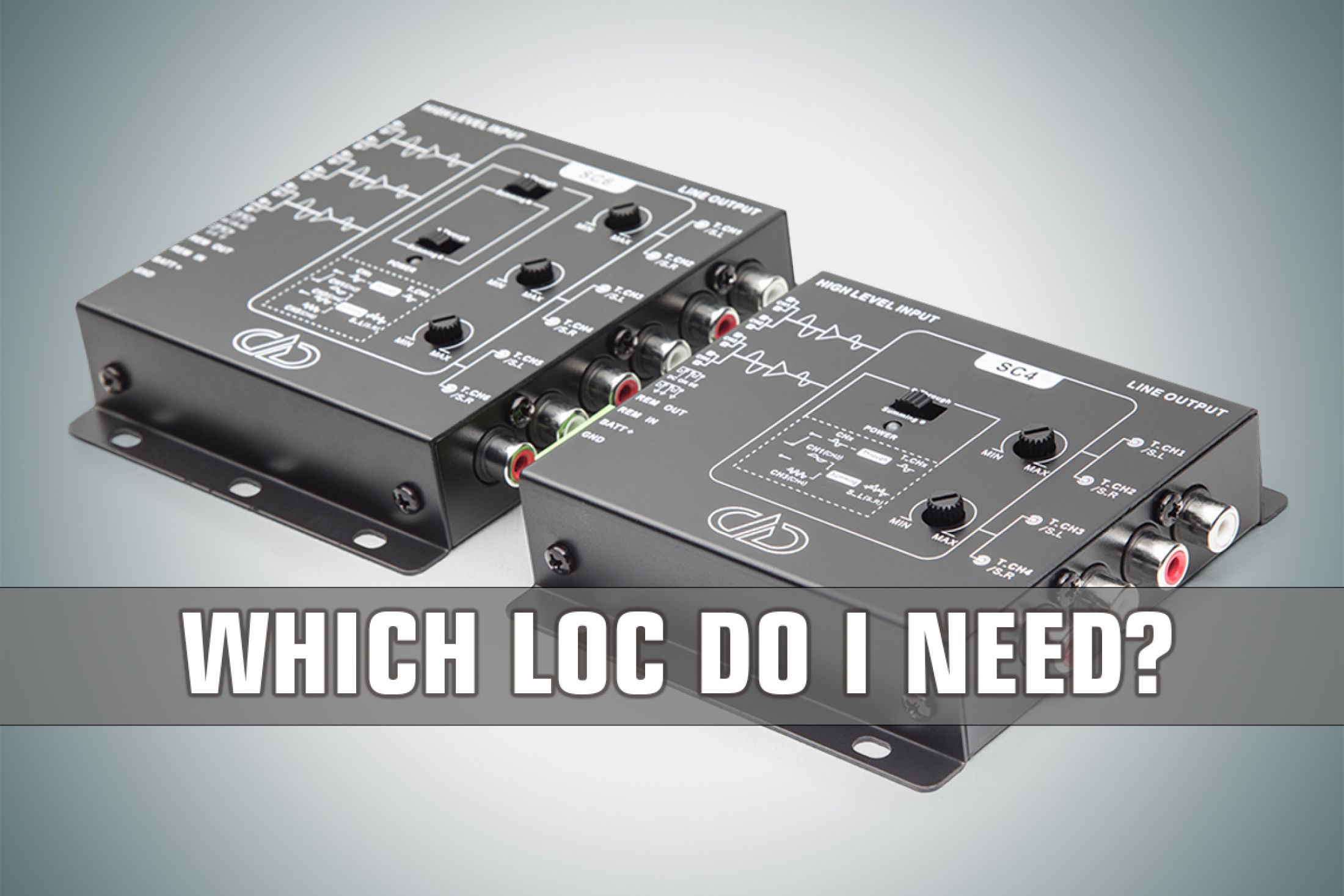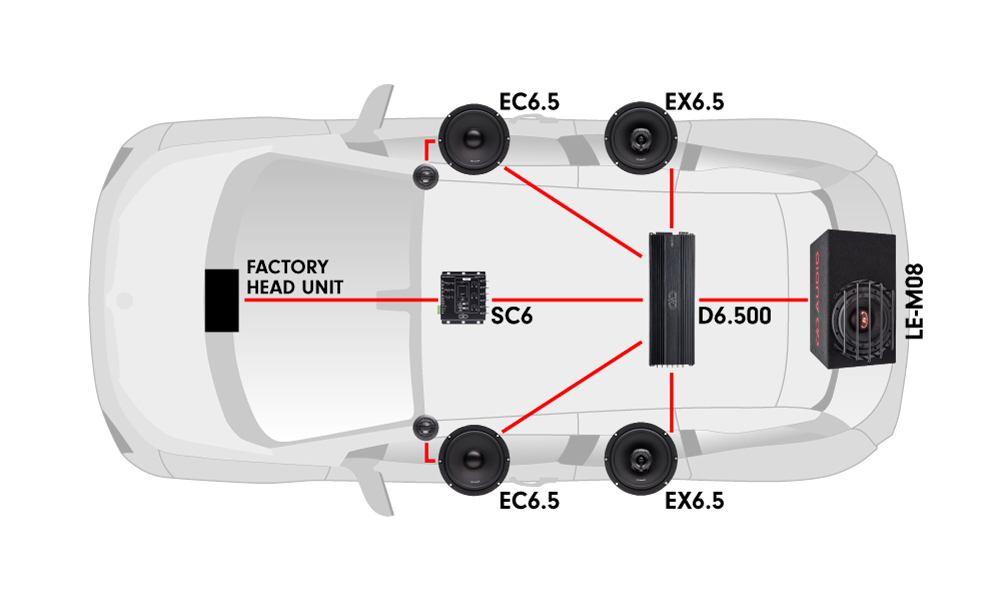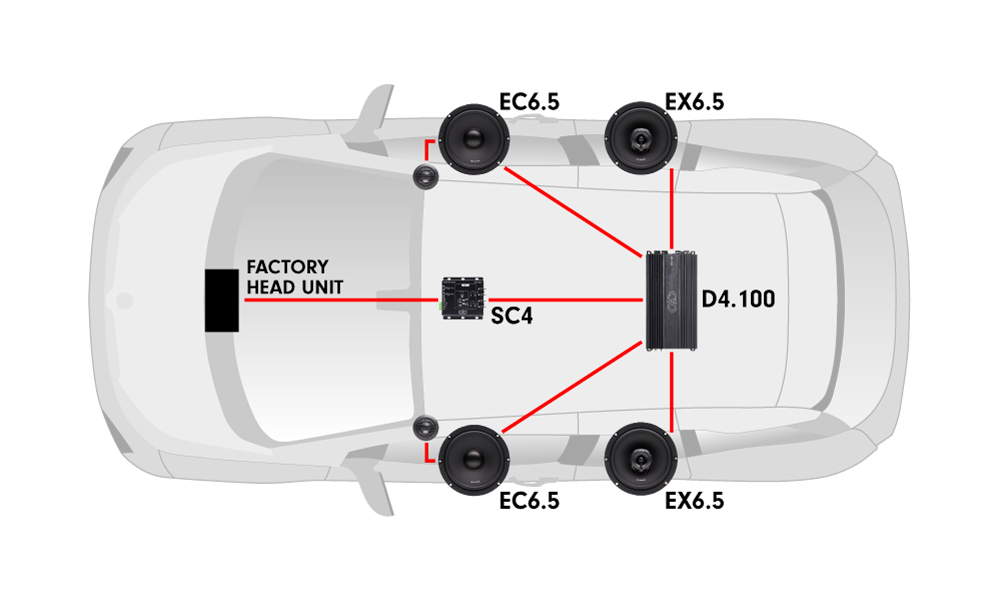
Tech Talk: Choosing the Right Line Output Converter (LOC) for Your Install
Cars are not as simple as they used to be… No, it’s not a new concept but we often forget that it’s true. Many new automobiles come equipped with fancy infotainment systems that for aesthetic or even for the vehicle’s electronic system functionality simply can’t be removed without great difficulty. On top of that, these factory audio systems usually come with complicated amplifier options, digital audio paths, signal processing and a litany of other features that can make integration challenging. Many times, even with all of these installation hurdles, the proper device to handle the job is simply a version of the classic Line Output Converter, or LOC for short. LOCs, sometimes called Hi/Lo’s, convert speaker level signal, between the radio or factory amp and the speakers, down to a low-level RCA signal that your new amp can understand. But, with all of the different LOCs on the market and all with varying features, how do you know which type of LOC is right for your install? Here are some basic questions and answers that will help you determine your LOC needs and lead you down the path to a proper sound upgrade.
Do you need just the basic?
LOCs are the original integration pieces in car audio. The most basic ones are passive devices. They’re a little more than a voltage divider composed of minimal parts. These units have been around since aftermarket car audio became a viable market. They work in a lot of basic vehicles but they have no feature set and they typically aren’t built to handle much input power. There’s a good chance that if the factory system in your vehicle is unamplified and doesn’t have a factory subwoofer, a basic LOC is perfectly fine if you’re just adding something like an aftermarket subwoofer.
Do you need a signal sense 12 volt turn on output?
More advanced versions of the LOC include models that can detect input signal and create a remote output to turn on an aftermarket amplifier or other device. To do this the LOC must be hooked up to 12v+ and Ground to supply the current necessary to power the turn on circuitry and create a reliable remote signal. Some vehicle’s, like post 2000 Chevy’s, may need a powered Hi/Lo since many of them don’t have an accessory circuit behind the radio.
Do you need high power outputs?
Today’s high tech Hi/Lo’s, like the DD Audio SC4 and SC6, have line drivers that can ramp signal voltage back up after being reduced to supply enough signal to power multiple amps or to help reject noise in the signal path.
Do you need OEM load detect compatibility?
Some factory installed amplifiers have a protection feature built in that will mute the stereo if it doesn’t detect the factory speakers hooked up to it. In these cases your LOCs will need to have built in load-resistors to trick factory amps into thinking the OEM speakers are still installed. The SC4 and SC6 both feature 180 Ohm inputs which will be compatible with most OEM load detect systems.
Do you need summing inputs?
Some newer vehicles, 2010+ in a lot of cases, require a more careful analysis. Amplified factory audio packages are common in late model vehicles and quite a few of those have active crossovers that require summing multiple signals together to create a full range signal out to your aftermarket amplifier. This is an application where a device with on-board summing capabilities, like the SC4 or SC6, will come into play.

Does your factory system have high voltage outputs?
Lastly always consider the power provided by that factory system. Some factory amplifiers can now supply in excess of 30 volts of AC signal on their sub channels. This much voltage can create major heating issues that can cause an LOC to fail, or worse, melt. Most LOCs will provide you with an acceptable input voltage range that the device can accept. In the case of the SC4 and SC6 they will handle up to 18 volts of AC signal which will be adequate for the majority of installations.
So next time you’re selecting an LOC for your install, be sure to properly evaluate your factory system and make sure the device you choose fits the criteria!
Check out the new DXBT-05 Wireless ANC Headphones!
